Effective Waterproofing Solutions

Spring offers moderate temperatures and low humidity, ideal for proper adhesion of waterproofing materials.
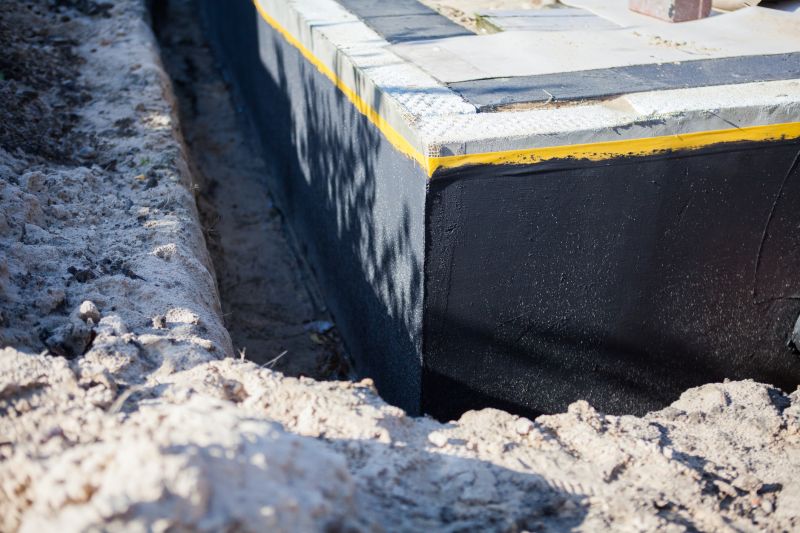
Summer's warmth can accelerate drying times, but high temperatures and humidity may affect application quality.
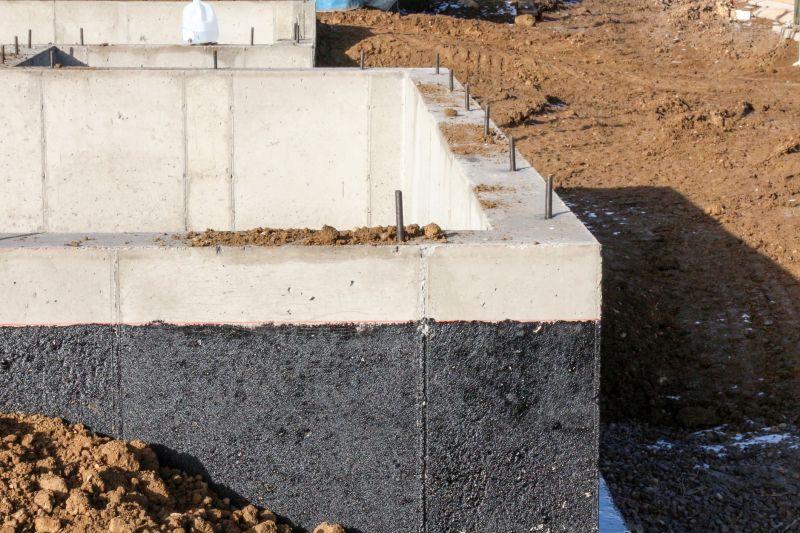
Fall provides cooler weather and less rain, making it suitable for effective waterproofing before winter.
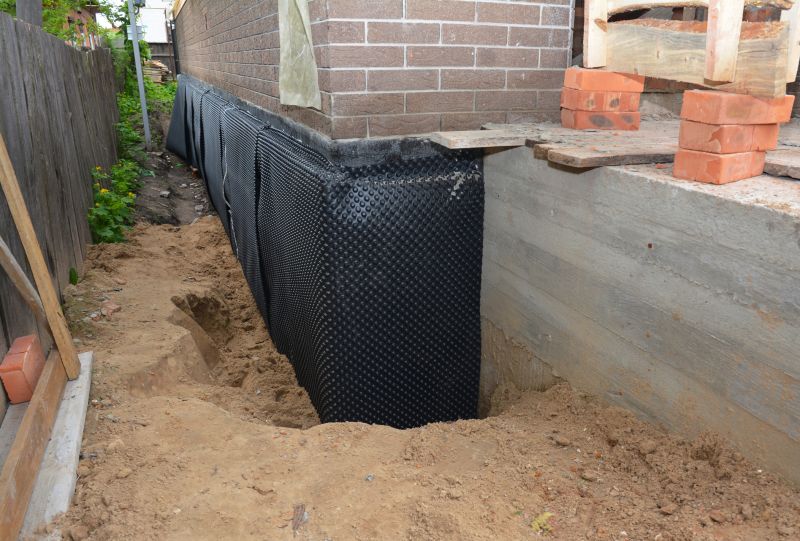
Cold temperatures and potential frost make winter less ideal for waterproofing projects, risking improper curing.
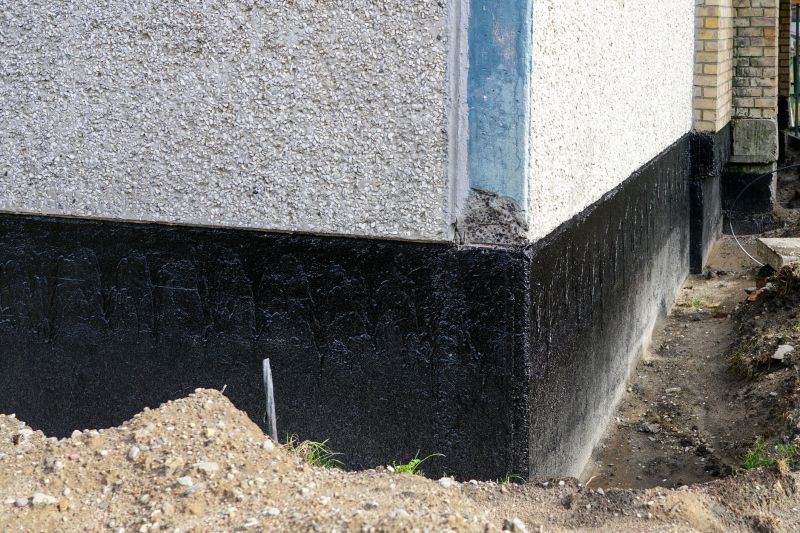
Spring and fall are generally considered the best seasons due to favorable weather conditions for application and curing.

Most waterproofing products perform best between 50°F and 85°F, avoiding extremes for optimal results.
Waterproofings are essential for protecting structures from water intrusion, which can cause damage, mold growth, and structural deterioration. Proper waterproofing involves applying specialized materials to surfaces such as foundations, roofs, and basements to create a water-resistant barrier. The effectiveness of waterproofing depends heavily on weather conditions during application, as well as proper surface preparation and curing times.
Statistics show that water intrusion accounts for a significant percentage of structural repairs annually. Effective waterproofing can extend the lifespan of a building, reduce maintenance costs, and prevent water-related issues. The choice of waterproofing material and timing of application are crucial factors that influence long-term performance. Optimal application during favorable weather conditions ensures better adhesion and durability, providing reliable protection against water damage.
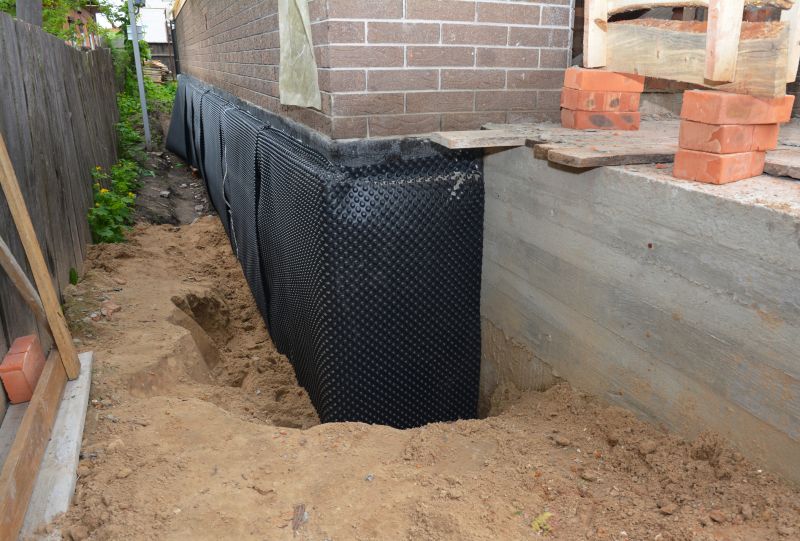
Includes membranes, coatings, sealants, and drainage layers tailored to specific building needs.
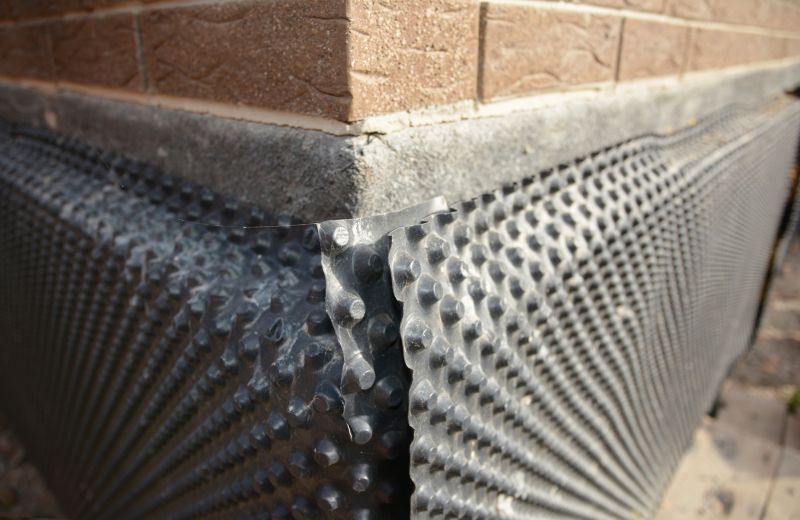
Bituminous membranes, liquid rubber coatings, and polyurethane are frequently used for various applications.
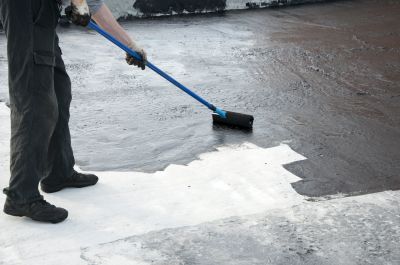
Spraying, rolling, or troweling methods are employed depending on the waterproofing system chosen.
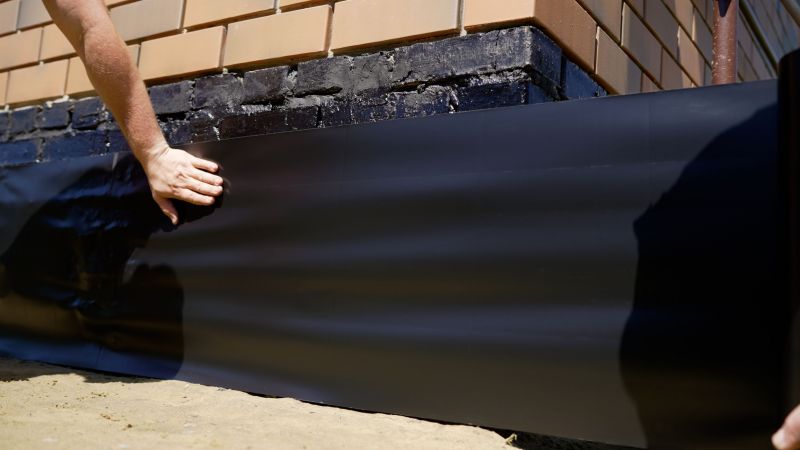
Regular checks ensure waterproofing remains effective and identify areas needing repair or reapplication.
| Season | Ideal Conditions |
|---|---|
| Spring | Moderate temperatures, low humidity, minimal rain |
| Summer | Warm weather, dry days, avoid extreme heat |
| Fall | Cool temperatures, dry conditions, less wind |
| Winter | Cold temperatures, frost risk, generally unsuitable |
Ways to make Waterproofings work in tight or awkward layouts.
Popular materials for Waterproofings and why they hold up over time.
Simple add-ons that improve Waterproofings without blowing the budget.

